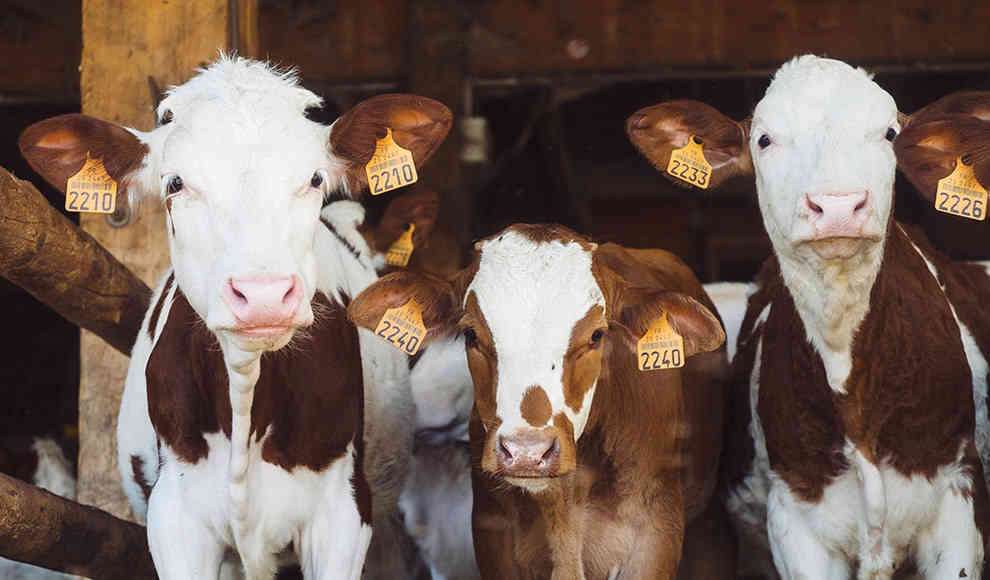Lab-grown meat, once an unaffordable luxury, is now on the verge of being introduced in supermarkets in the United States. In recent years, there has been a shift in consumer behavior towards conscious eating, with more people opting for vegetarian or vegan diets. Companies have responded by increasing their range of plant-based products. However, the next revolution in food is the production of real meat that does not require the death of animals. In 2013, Dutch scientist Mark Post presented the first hamburger made from lab-grown beef, which cost around €250,000. Since then, research has improved, and the cost has significantly decreased. Companies such as Just, a US-based startup, predict that in three years, lab-grown meat will be cheaper to produce than traditional meat.
The challenge now is to ensure that lab-grown meat tastes as good as real meat. Startups are collaborating with renowned chefs to achieve this goal. The success of lab-grown meat will ultimately depend on consumer acceptance. While the cost of lab-grown meat is still high, it is expected to decrease further, making it a viable alternative to traditional meat. The first restaurants are expected to be supplied with lab-grown meat in 2020. Although the dishes may not be cheap, they can be marketed to consumers with other benefits. The production of lab-grown meat is a significant step towards a more sustainable and ethical food industry.
In conclusion, the production of lab-grown meat is a game-changer in the food industry. It offers a sustainable and ethical alternative to traditional meat, which is becoming increasingly important to consumers. While the cost and taste of lab-grown meat are still being improved, it is expected to become more affordable and palatable in the near future. The success of lab-grown meat will depend on consumer acceptance, but it has the potential to revolutionize the way we produce and consume meat.










